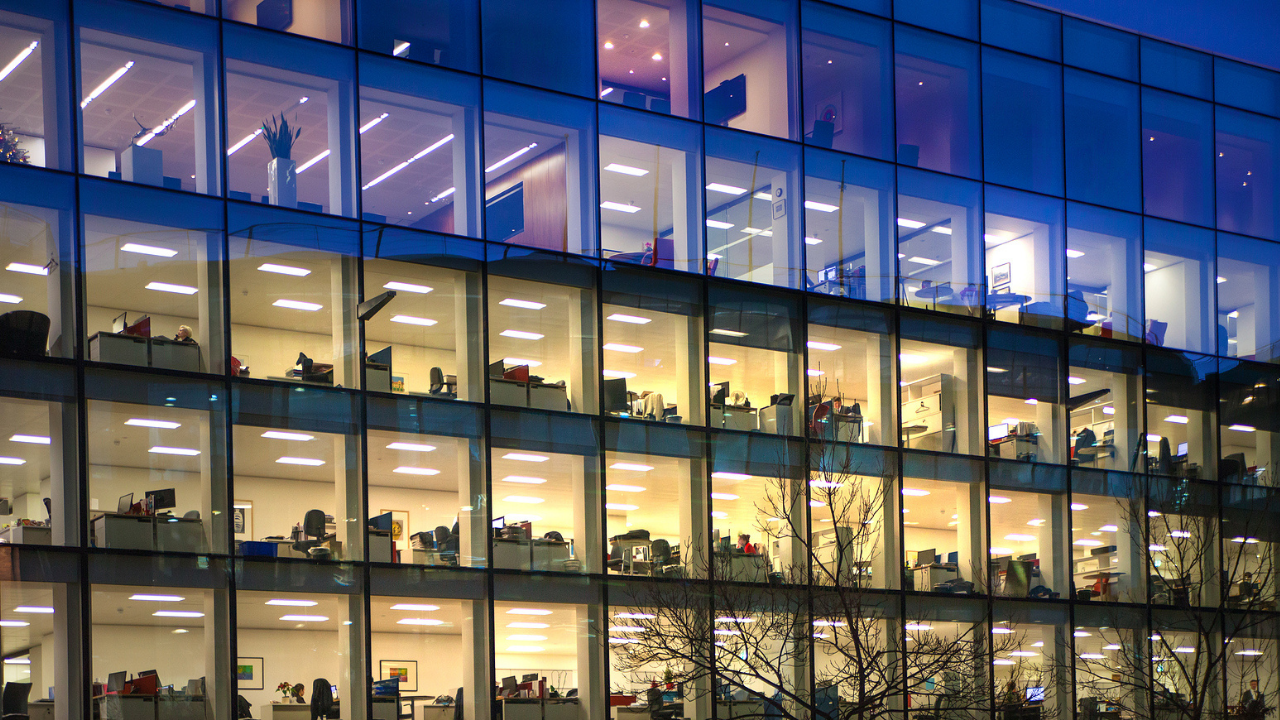Recent research from Cushman & Wakefield and George Washington University’s Center for Real Estate and Urban Analysis found that flexible and adaptable work environments are the future of the office.
While most workers report a positive experience working from home, many do miss going to the office. Offices around the country may now be empty–vacancy rates are hovering above 10% in most cities in the U.S.–but they won’t stay that way forever.
The office will continue to be the focal point of collaboration, innovation, and company culture. Moving forward, companies will be tasked with the challenge of balancing remote work with in-office work. As a result, hybrid work ecosystems will become the new norm across industries, with tech giants leading the way. Generally speaking, most workers will work remotely between 1.5 and 3 days per week, with the rest of the days spent in the office.
While the hybrid work concept has gained traction in recent months as a result of the pandemic, these arrangements were already implemented in some companies pre-COVID. Companies that already had hybrid work models implemented were better prepared to face the challenges brought forth by COVID-19 lockdowns.
Looking forward, companies will need to find ways to attract workers back into the office, and one way to do that is to focus on creating healthy workplaces. One way to go about creating such a workplace is by providing workers with choice about how and where they work.

 Dr. Gleb Tsipursky – The Office Whisperer
Dr. Gleb Tsipursky – The Office Whisperer Cat Johnson – Coworking Marketing Maven
Cat Johnson – Coworking Marketing Maven Angela Howard – Culture Expert
Angela Howard – Culture Expert Drew Jones – Design & Innovation
Drew Jones – Design & Innovation Andrea Pirrotti-Dranchak – Competitive Advantage
Andrea Pirrotti-Dranchak – Competitive Advantage Jonathan Price – CRE & Flex Expert
Jonathan Price – CRE & Flex Expert Jeremy Fennema – Tech Innovation Alchemist
Jeremy Fennema – Tech Innovation Alchemist







